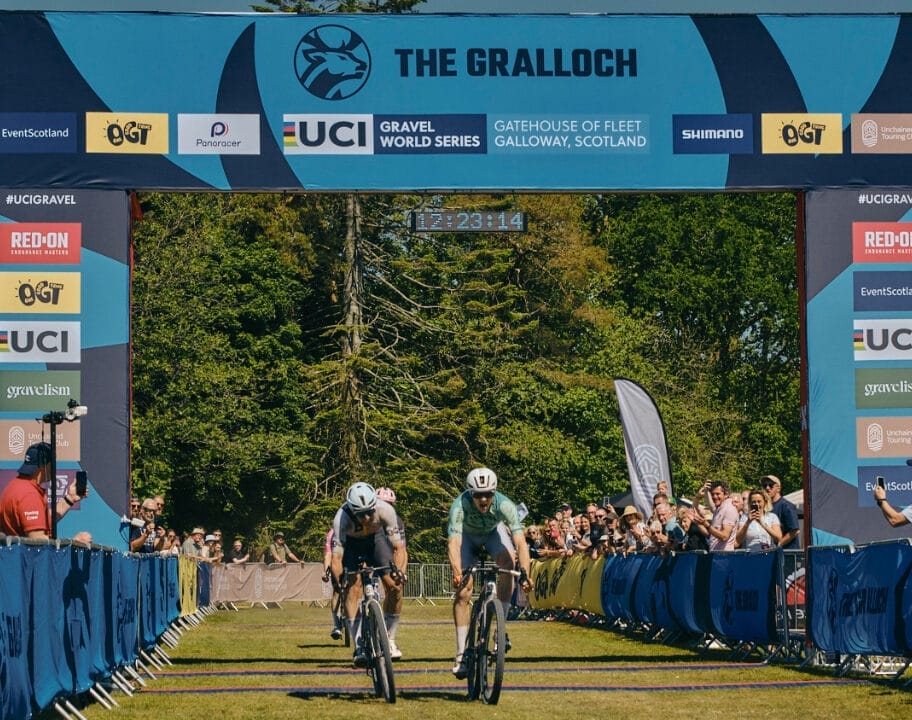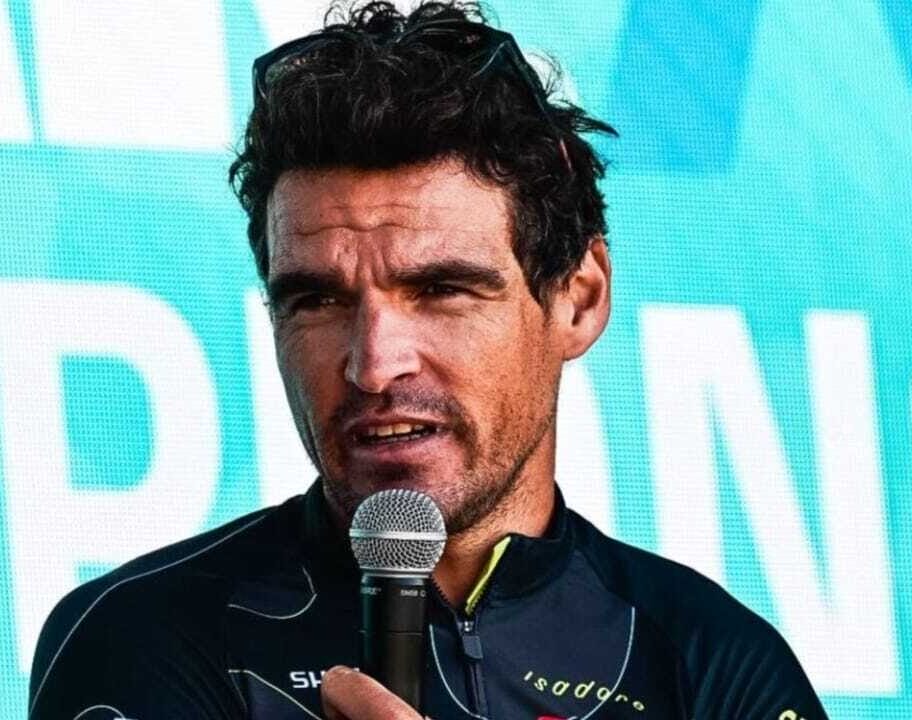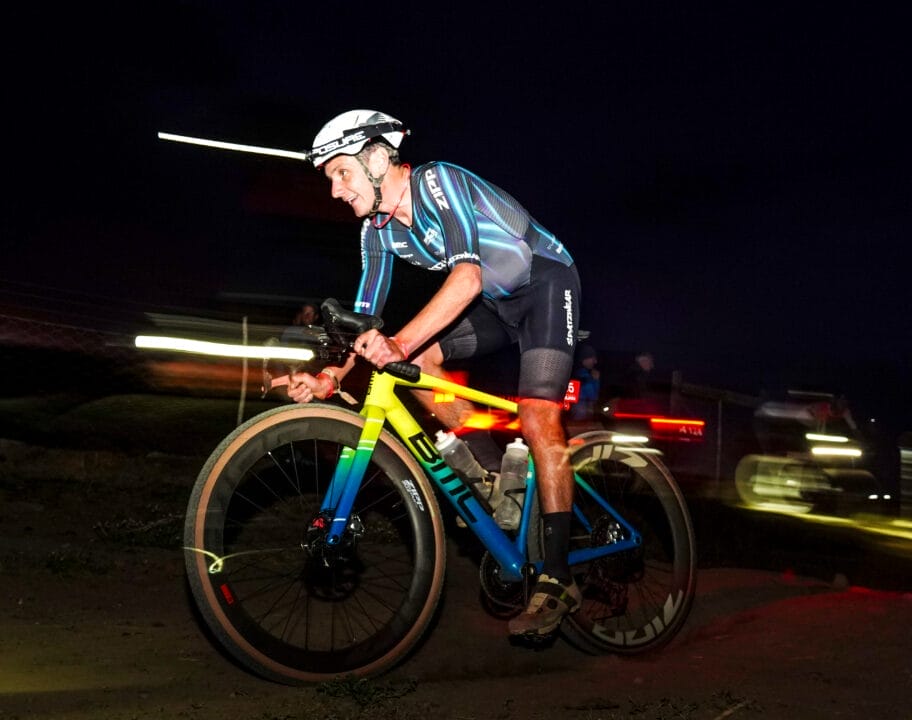Whether you enjoy simply riding your bike or are training for an event, climbing up mountains is huge part of cycling’s appeal. And while the slow and steady churn of climbing can be a painful slog, once you reach the summit that pain is sidestepped as the view is always worth it.
Thanks to races like the Tour de France, Giro d’Italia and the Vuelta a España, there are tons of climbs steeped in pro cycling legend, as well as a host of lesser-known gems. We’ve whittled it down to our top 7 bucket list climbs which you should ride before you die.
Mont Ventoux
Where: France
Length: 21.2 km
Elevation gain: 1,577m
Average gradient: 7.5%
Difficulty: 4/5
No ultimate cycling climbs list would be complete without it – and for good reason. Mont Ventoux is probably the most iconic climb in cycling. It is steeped in history having been used during multiple editions of the Tour de France, from Chris Froome running up the mountain in his cleats to Tom Simpson tragically losing his life in 1967, Ventoux remains a truly classic climb.
Known as the ‘Giant of Provence’, Ventoux stands at 1,912m and hits an average gradient of 7.5%, peaking at 10.7% even as the road gradually reaches the famous weather station at the top.
Ventoux can be ascended by three different routes on road, the most popular starting in the village of Bédoin, and winding its way up over 20 kilometres to the peak.
The length of the climb is gruelling, as are the potential conditions which riders face as the upper parts of Ventoux are completely exposed to the elements. There is little shade and almost nowhere to hide from the often-strong winds as you grind upwards to the peak.
Mont Cenis
Where: Italy/France
Length: 30.2 km
Elevation gain:1,665m
Average gradient: 5.5%
Difficulty: 3/5
Another bucket list climb in the Alps is Mont Cenis, a long mountain pass which is not for the faint hearted. While it isn’t the steepest, this is not a climb to underestimate because of its over 30km length.
Riding from Susa, the climb starts abruptly and winds its way through tree covered valleys before hitting the wall of hairpins which mark the beginnings of the dam.
Mont Cenis is particularly special because as you reach the top of the hairpins a beautiful landscape of rugged mountain peaks and a lake play out in front of you. Carry on towards the top and the café and the views only get better.
Some historians have also claimed that this could have been the place where Hannibal crossed the Alps with his army of elephants on his way to attack Rome.
Passo dello Stelvio
Where: Italy
Length: 24.1 km
Elevation gain: 1,829m
Average gradient: 7.6%
Difficulty: 5/5
Another classic climb drenched in WorldTour history, the Stelvio is an icon for the Giro d’Italia and any amateur cyclist wanting to test their legs.
It is the second highest paved pass in the Alps which boasts a mesmerising and rather tortuous 48 hairpins. Yes, 48.
Starting in Prato, the route begins gradually amongst a luscious forest before opening up to reveal the cacophony of hairpins standing as a wall towards the sky.
There are two other routes up but the route from Prato is the most iconic thanks to its numerous switchbacks.
This is quite literally a bucket list climb in all senses, you need buckets of enthusiasm, determination and pedal power. You will also wish for good weather as even at the end of May the Stelvio has been known to have snow at its summit.
Haleakala
Where: Hawaii
Length: 57 km
Elevation gain: 3,069m
Average gradient: 5.4%
Difficulty: 5/5
While the European Alps are a hub for classic climbs, heading further afield can reap benefits. The island of Hawaii offers a momentous day in the saddle with the Haleakala climb which quite literally requires you to cycle up a volcano.
The route starts in the town of Paia and goes up to 2,740m. This is a very challenging climb as there is almost no respite on this route, the gradient averages over 5% and there is the Hawaiian microclimate to compete with too.
Spending over 50 km climbing with over 3,000m of elevation gain is a whopping task for any cyclist.
However, take in the scenery and drink in the sense of accomplishment because there is, frankly, nothing more epic than cycling up a volcano in the middle of the Pacific Ocean.
Hardknott Pass
Where: United Kingdom
Length: 2.6 km
Elevation gain: 315m
Average gradient: 13.5%
Difficulty: 4/5
While the UK doesn’t exactly scream epic Alpine mountains, there are a fair few iconic climbs amongst the rolling hills and the Hardknott Pass tops that list with its claim as the steepest and toughest climb in the country.
While this is the shortest bucket list climb in the list, it is not for the faint hearted and makes for a serious challenge for any avid climber.
A cattle grid marks the start of the climb which then aggressively kicks upwards and continues on to the summit where gradients hit 33% in less than 3 km.
Add in the typical lake district weather of wind and rain and the difficulty rating ramps up even further.
Make it to the top and through the last 800m which reach 20% and this is a climb you will be extraordinarily proud (and relieved) to have ticked off the bucket list.
Paso Internacional
Where: Chile/Argentina
Length: 25 km
Elevation gain: 1,600m
Average gradient: 5.4%
Difficulty: 4/5
The Paso Internacional Los Libertadores is a mountain pass which bridges the Andean border between Chile and Argentina in rather fine fashion as there are 29 hairpins to dig your pedals into.
Starting from the Chilean side, the road heads towards the 29 switchbacks and rises to over 3,800m.
Near the summit, cyclists head off the main tarmac road onto an off-road track and are greeted with a statue of Christ the Redeemer which marks the border between the two countries.
This climb does come with a caveat as the road has a reputation of being particularly dangerous should the freight traffic not be in your favour so take great care.
As with any mountain pass, the weather can also change rapidly so take precautions.
Mount Etna
Where: Sicily
Length: 18.7 km
Elevation gain: 1183m
Average gradient: 6.3%
Difficulty: 3/5
As we’ve seen with Hawaii, riding up an active volcano is rather epic, so how about taking on the highest active volcano in Europe?
Standing at 3,350m above sea level, Mount Etna dominates the Sicilian skyline which makes it all the more tempting to ride up it.
The classic route up the volcano is from the south, starting in the town of Nicolosi.
This route takes you over 18 km up towards Etna, and eventually to the Rifugio Sapienza which sits at 1,892m in amongst the volcanic rock.
The gradient peaks at 12% which makes this climb long and arduous, but when you get to the top the breathtaking views make it worth it.
What’s more, there are multiple other options to ascend and descend this active volcano which means you can make it into a loop.
Plus, for those who like an off-road segment, you can push on past the Rifugio and head further up on the loose gravel.




